Betting on odds starts with understanding the numbers shown before any match or race. These figures reflect the chance of an outcome and the reward linked to it.
So, what are the odds? In plain words, it’s the way bookies explain probability and profit. This betting odds meaning applies in cricket, football, horse racing, and more.
When you read odds in betting the right way, you judge value instead of guessing. It helps you understand stake and payout calculation across decimal odds, fractional odds, or moneyline odds.
From sports betting online sites to apps like SportyBet, odds remain the base. With a betting calculator or odds calculator, anyone can check returns and place bets smarter.
What Are Betting Odds?
Betting odds represent the probability of an event occurring and determine how much you can win from a successful wager.
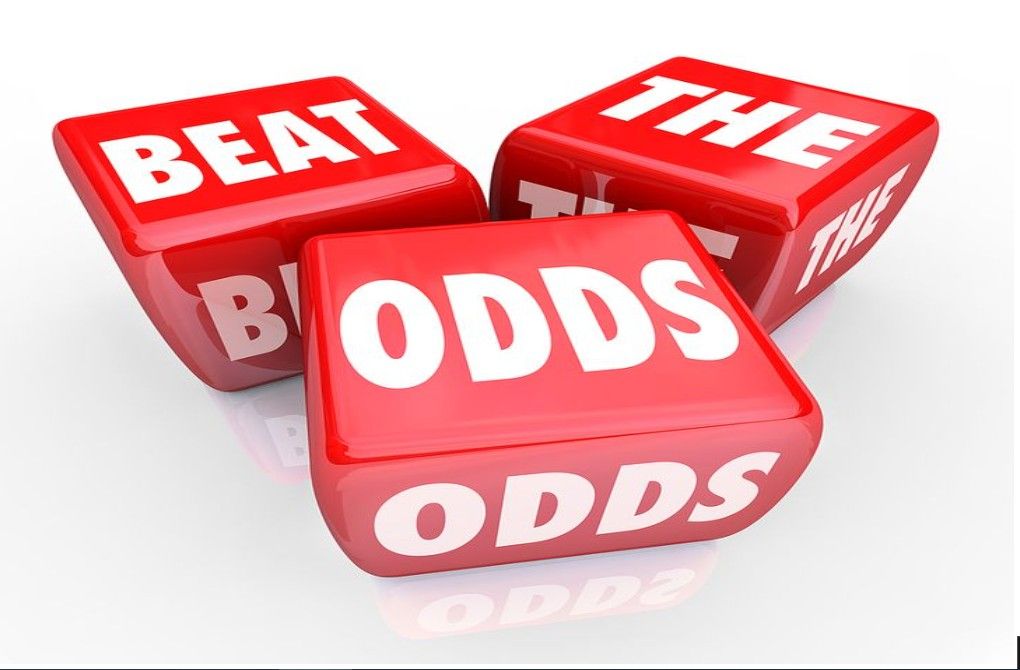
Betting odds are set by bookmakers based on statistical analysis, expert knowledge, and market demand.
Odds essentially convert probability into a format that shows your potential return on investment.
Why Are Odds Important in Betting?
Odds in betting serve three crucial purposes:
- They indicate which outcome bookmakers consider most likely,
- They determine your potential winnings,
- They help you identify value bets.
Without understanding betting odds, you’re betting blindly and missing opportunities to make strategic decisions based on risk versus reward.
Types of Betting Odds Followed Worldwide
Different regions use different formats for odds, but they all serve the same purpose: showing how much you can win and how likely the outcome is.
1. Decimal Odds
Decimal odds are the simplest and most widely used format, especially in India, Europe, Australia, and Canada. They show the total payout you’ll receive, including your stake, for every ₹1 bet.
Formula:
- Total Return = Stake × Decimal Odds
- Profit = (Stake × Odds) – Stake
Example:
If you bet ₹100 at odds of 2.50, your return is ₹250 (₹100 × 2.50). That’s a ₹150 profit.
Scenario:
You’re betting ₹100 on the Mumbai Indians to win against Chennai Super Kings at odds of 2.50. If MI wins, you receive ₹250 back (₹150 profit + ₹100 original stake).
If the odds were 1.40 instead, you’d win only ₹40 profit on the same stake, which is common when betting on a strong favourite.
2. Fractional Odds
Fractional odds are mostly used in the UK and Ireland. They show how much profit you’ll make relative to your stake, and do not include your stake in the figure.
Formula:
- Profit = Stake × (Numerator ÷ Denominator)
- Total Return = Profit + Stake
Example:
- Odds of 5/1 mean you’ll win ₹5 for every ₹1 you bet. Bet ₹100, get ₹500 profit + ₹100 stake = ₹600 total.
- Odds of 1/2 mean you must bet ₹2 to win ₹1 profit—so a ₹100 bet wins you ₹50 profit, ₹150 total.
Scenario:
You place a ₹100 bet on a horse named “Storm Runner” at 5/1 odds in the Pune Derby. If the horse wins, you get ₹600 back (₹500 profit + ₹100 stake). If you instead bet on the favourite at 1/2, your return would be only ₹150 (₹50 profit).
3. Moneyline Odds
Moneyline odds, mainly used in the USA, come in two types:
- Positive (+) numbers for underdogs
- Negative (–) numbers for favourites
They indicate how much you can win or need to stake to win ₹100.
- Positive Odds (+200): You win ₹200 profit on a ₹100 bet.
- Negative Odds (-150): You must bet ₹150 to win ₹100 profit.
Scenario:
You’re betting on an India vs. Pakistan cricket match. India is the favourite with odds of -150, meaning you need to bet ₹150 to win ₹100.
Pakistan, the underdog, is at +200—so a ₹100 bet would give you ₹200 profit if they pull off an upset.
How to Calculate Payouts From Betting Odds?
Understanding how to calculate your returns helps you make smarter bets and manage your risk effectively.
For Negative Odds (-)
Divide 100 by the odds number (ignoring the minus sign), then multiply by your stake. For -200 odds on a ₹100 bet: (100 ÷ 200) × 100 = ₹50 profit.
Your total return would be ₹150 (stake + profit).
For Positive Odds (+)
Divide the odds by 100, then multiply by your stake. For +300 odds on a ₹100 bet: (300 ÷ 100) × 100 = ₹300 profit.
Your total return would be ₹400 (stake + profit).
Using Decimal Odds
Simply multiply your stake by the decimal odds. For 3.75 odds on a ₹100 bet: 100 × 3.75 = ₹375 total return (₹275 profit + ₹100 stake).
This method is straightforward and widely used globally.
Betting Odds Guide Across Different Sports
Different sports have unique betting markets and odds formats that reflect their specific rules and fan interests.
Cricket (India, IPL)
Cricket betting offers various markets like match winners, top batsmen, and total runs scored.
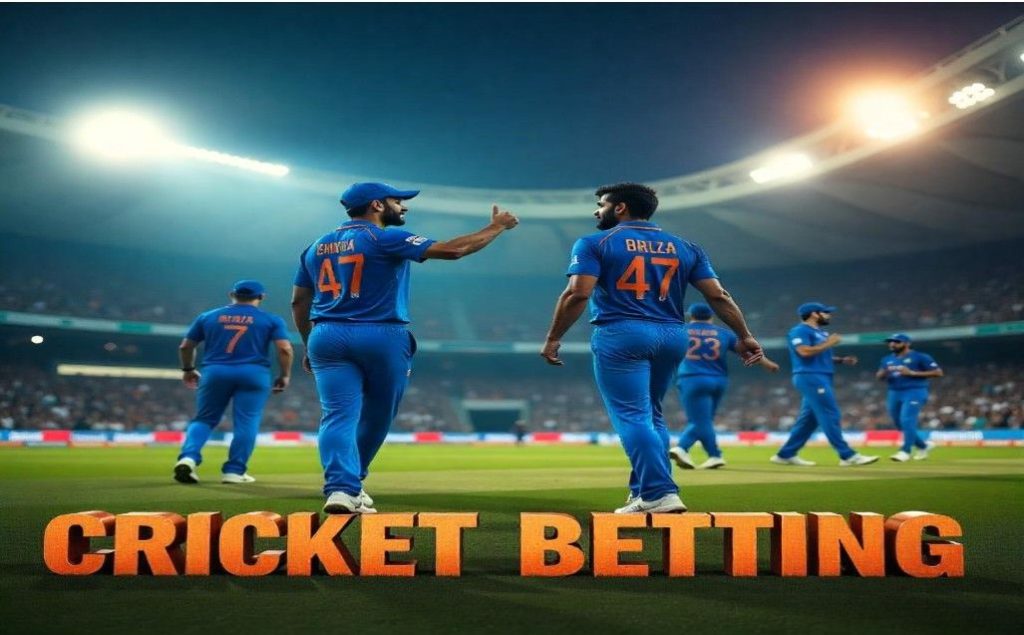
IPL matches might show Mumbai Indians at 1.80 to win, while underdogs like Punjab Kings could be at 2.20. Over/under markets for total runs typically range from 1.85 to 1.95 on both sides.
Tips: Before placing any bets, it helps to know whether sport betting legal in India, since the situation is not the same everywhere
Horse Racing (Major Indian tracks like Pune, Mumbai)
Horse racing odds fluctuate based on form, jockey changes, and betting patterns. A favourite might start at 2/1 but shorten to 6/4 if heavily backed.
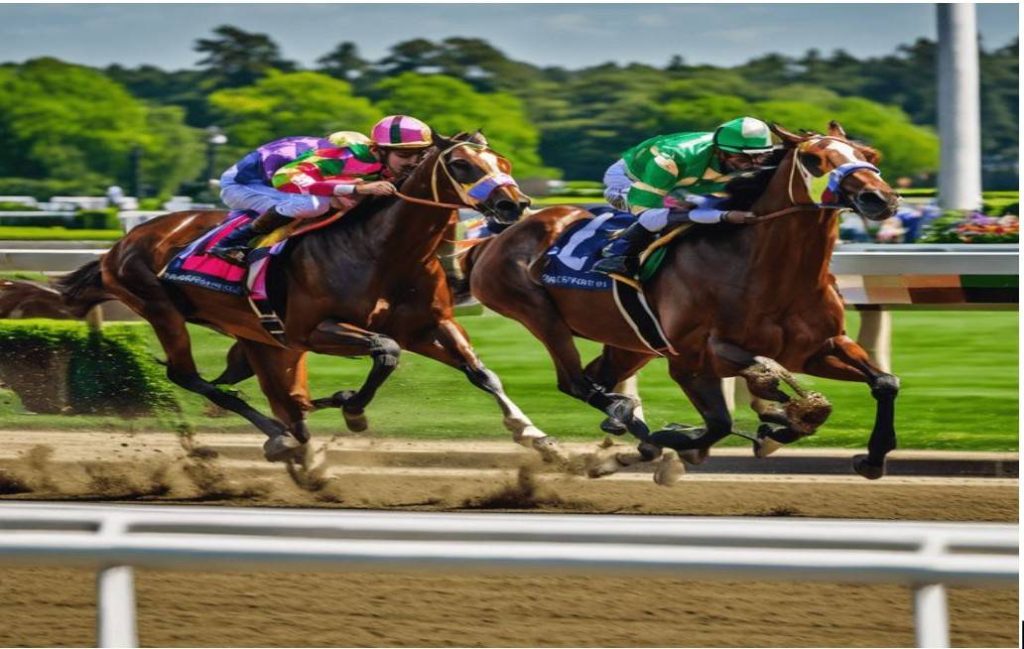
Win bets are straightforward, while place bets (finishing in the top 2-3) offer lower odds but higher success rates.
NFL/College Football Odds
American football uses point spreads, moneylines, and totals. A team might be -7.5 favourites, meaning they must win by 8+ points.
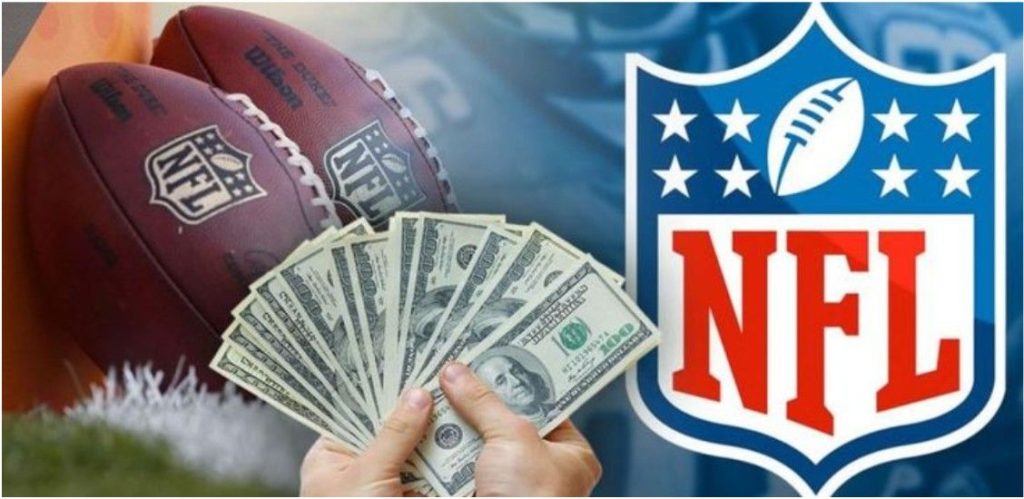
Moneyline favourites show as -180, while underdogs appear as +160. Total points markets typically hover around -110 for both over and under.
NBA/College Basketball Odds
Basketball betting mirrors football with point spreads, moneylines, and totals. Higher-scoring games mean larger point spreads (often 5-12 points) compared to lower-scoring sports.
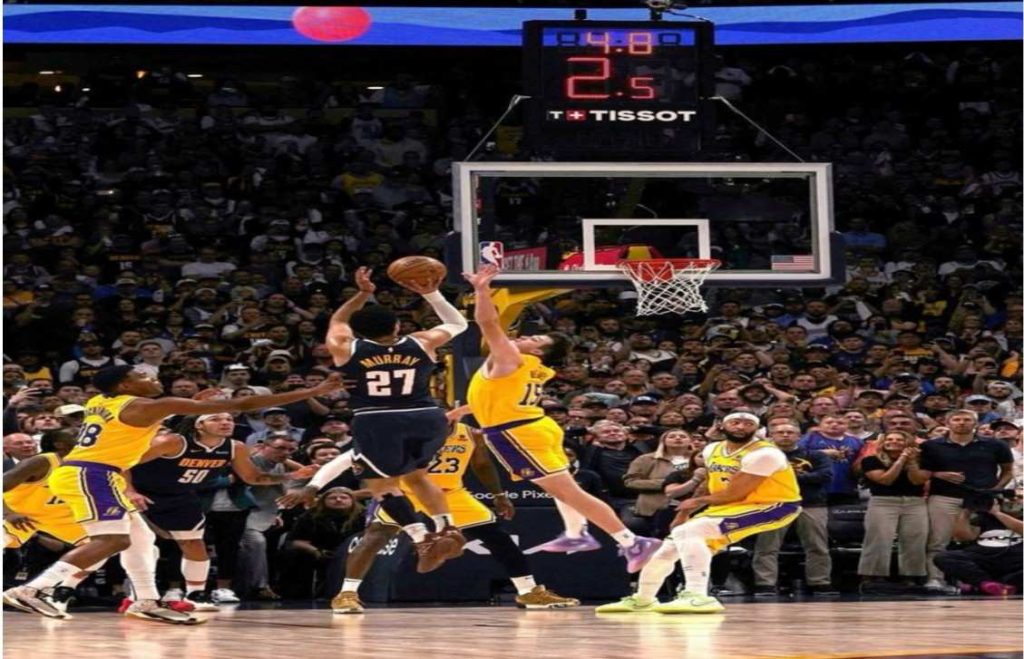
Live betting odds change rapidly as games progress and momentum shifts.
Odd On Other Popular Sports
UFC fights feature simple win/lose moneylines with dramatic odds swings. Hockey uses puck lines (±1.5 goals) similar to baseball’s run lines.
Soccer betting focuses on 1X2 markets (home win, draw, away win) with draw odds typically ranging from 3.00-4.00.
Do Betting Odds Change Over Time?
Yes, betting odds are not fixed; they constantly fluctuate leading up to an event. These changes are influenced by a range of dynamic factors, making sports betting a fluid and strategic activity.
One major factor is injury updates. If a key player is ruled out, the odds can shift dramatically in favor of the opposing team.
Similarly, weather conditions can impact games, especially in sports like football, baseball, or golf, where rain or wind may affect player performance.
Another critical factor is betting volume. When a large number of bets are placed on one side, bookmakers may adjust the odds to balance their risk and encourage action on the other side. This is also referred to as line movement.

Expert analysis and public sentiment also play a role. If respected analysts or insiders predict an upset, or if the general public heavily favours one outcome, odds may shift accordingly.
By doing so, they can identify the best value and choose the most strategic moment to place their bets, whether that’s locking in early before the odds change or waiting for a more favourable line.
Key Betting Odds Terms Every Beginner Should Know
Knowing these common betting terms will help you understand odds and place smarter bets with confidence.
- Juice/Vig: The bookmaker’s commission is built into odds.
- Push: When a bet ties and the stakes are returned.
- Hook: The 0.5 points added to prevent ties.
- Even money: 1/1 or +100 odds (double your money).
- Pick ’em: No clear favourite; both sides have similar odds.
- Chalk: The strong favourite in any betting market.
- Dog: Short for underdog; the less likely winner.
Tips For Reading And Using Betting Odds Effectively
Mastering how to read and interpret odds can boost your chances of making profitable bets over time.
Compare Odds Across Multiple Sportsbooks
Different bookmakers offer varying odds on the same events. Shopping around can increase your potential returns by 5-15% over time, making this habit essential for serious bettors.
Understand Implied Probability
Convert odds to percentages to gauge true probability. Odds of 2.00 represent a 50% implied probability. If you believe the actual chance is higher, you’ve found value.
Look For Value In Odds
Value exists when you believe an outcome is more likely than the odds suggest. This requires knowledge of the sport and the ability to spot bookmaker mistakes or market inefficiencies.
Track Line Movements
Monitor how odds change from opening to game time. Sharp money (professional bettors) often moves lines, providing insights into where smart money is going.
Start With Simple Bet Types
Begin with straightforward moneyline or match winner bets before exploring complex parlays or prop bets. Master the basics before advancing to sophisticated strategies.
Suggested Reads:
Conclusion: Betting Odds Show The Real Probability Behind Every Outcome
Understanding betting odds matters for anyone trying to make steady, sensible decisions. These numbers show probability, value, and the possible returns behind every wager.
Start with decimal odds and basic bet types, then move to other formats as you learn how payouts work. Comparing odds across bookmakers and practising small calculations helps you read implied probability with more confidence.
Use this knowledge to bet responsibly, manage your stake wisely, and keep building your skills as you explore odds in betting.
FAQs
Negative odds show the favoured outcome. You must bet more than ₹100 to win a ₹100 profit.
Positive odds represent the underdog. A ₹100 bet can win you more than ₹100 in profit if successful.
For decimal odds, simply multiply your stake by the odds number to calculate your total potential return or payout.
Odds frequently change due to new information like player injuries, public betting trends, expert predictions, or unexpected weather conditions.
American odds use plus/minus signs for favourites or underdogs, while decimal odds show straightforward total returns including your stake.